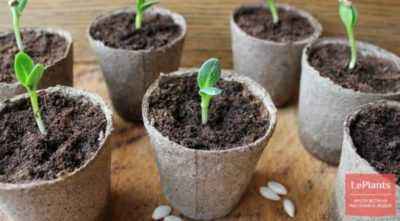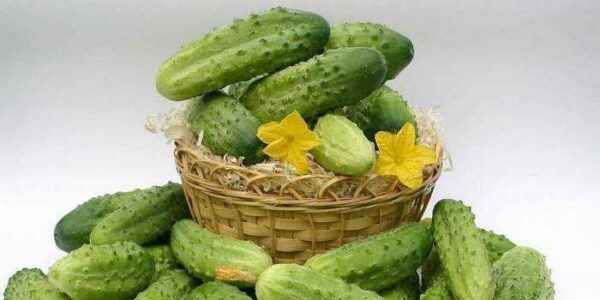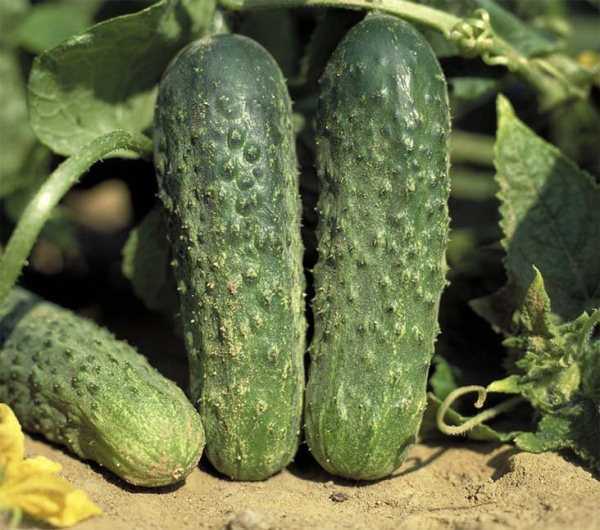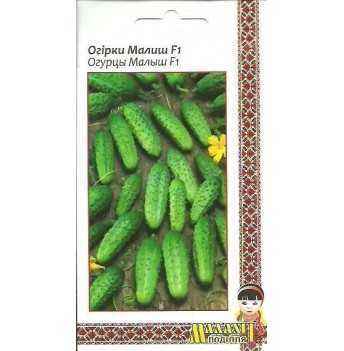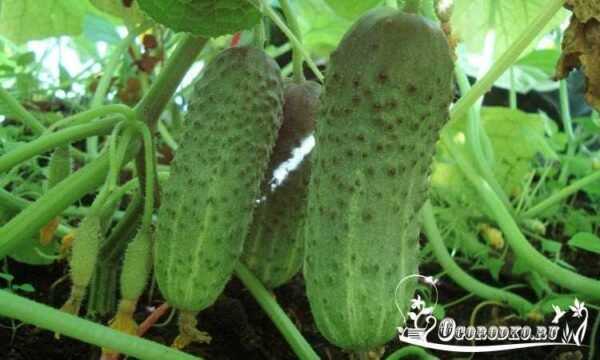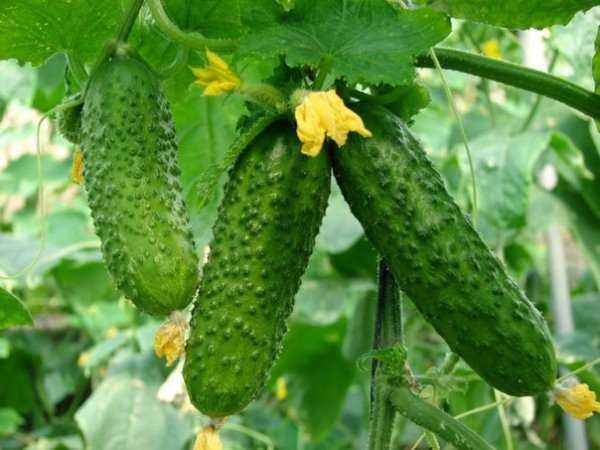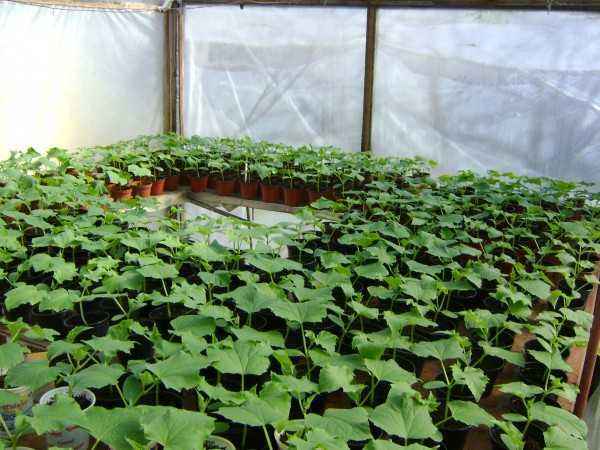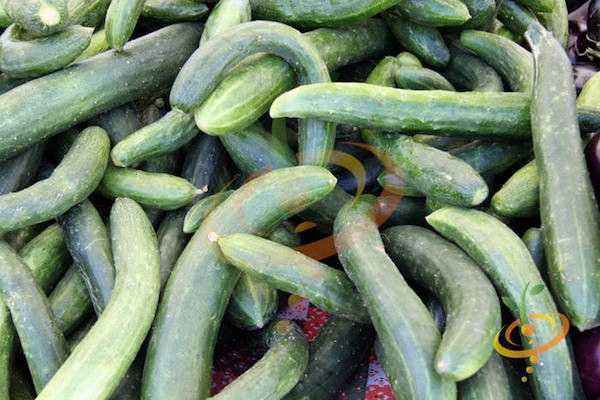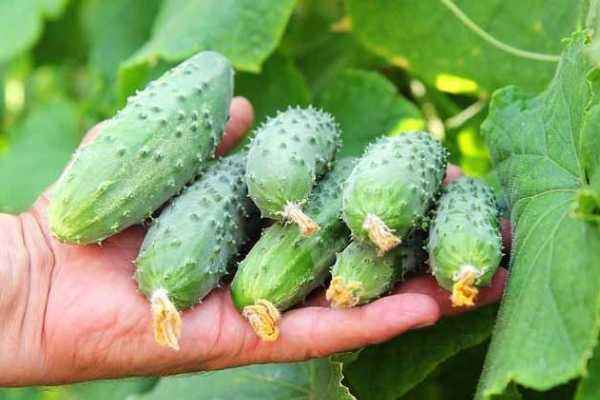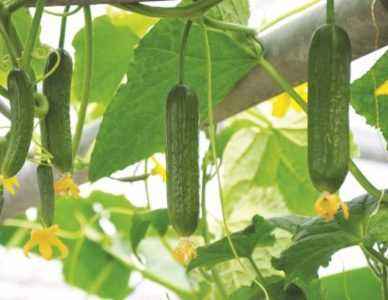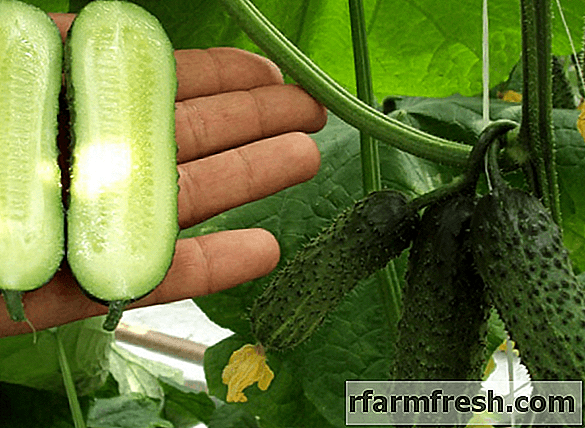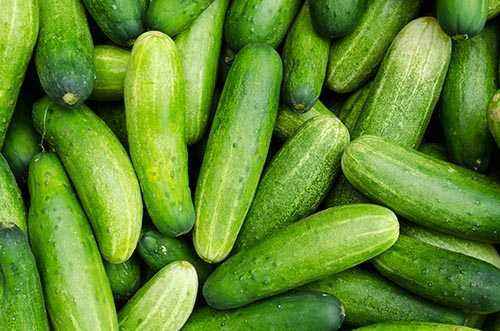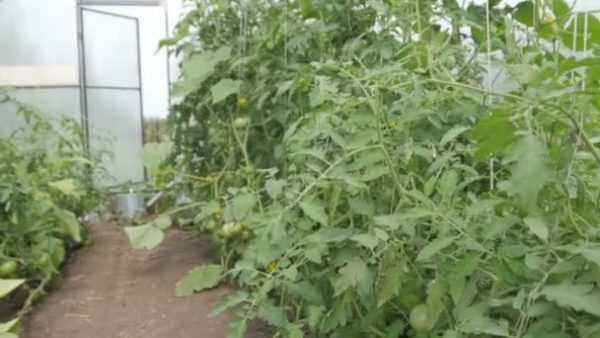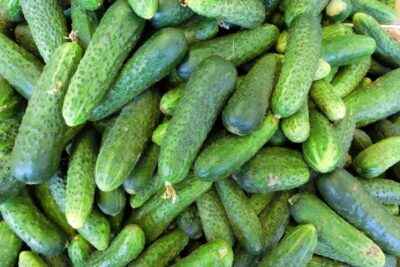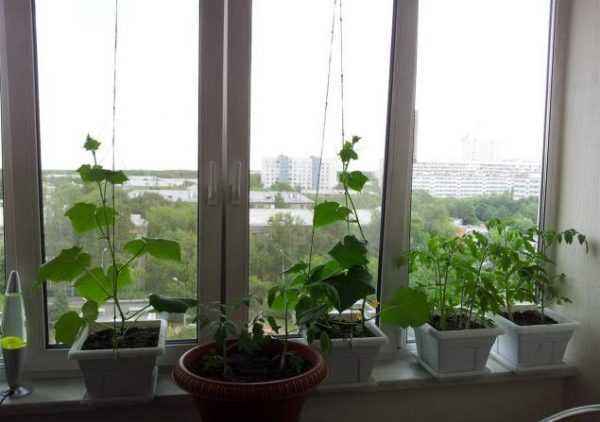Growing cucumbers, vegetable growers often encounter a problem such as withering stems. The reasons can be different and it is important to correctly determine why the lashes of cucumbers fade. This will save the plants and not lose the future harvest.
- Main reasons
- Agrotechnics
- Diseases
- Pests
- Insufficient watering
- How to solve the problem
- Temperature fluctuations
- Overheating
- Hypothermia <
- Overdose of fertilizers
- How to fix
- Fungal diseases
- Fusarium <
- Root Rot
- Pests
- Conclusion
The main reasons
There can be several reasons for the withering of lashes of cucumbers.
Agriculture
Stems and leaves lose their elasticity very quickly as a result of such agrotechnical violations:
- insufficient watering;
- temperature fluctuations;
- overdose of fertilizers.
Diseases
Diseases that affect plants and disrupt their development processes also serve as a possible cause of wilting. Wilting can be observed upon infection:
- Fusarium infection;
- root rot.
They are easy to identify and distinguish from other causes because they have other characteristic symptoms.
Pests
The reason that the leaves and lashes of the cucumbers fade may be damage by pests. Most often, these are ground pests that damage the roots of cucumbers:
- nematode;
- bear.
In each individual situation, there are different ways to solve a problem.
Inadequate watering
Regular watering and sufficient moisture guarantee the full development of any plant, cucumbers are no exception. With insufficient watering, the bushes very quickly begin to lose moisture, and in a short time the leaves and stems lose their elasticity and the plant withers completely and dries. Cucumbers normally require watering every 2-3 days. It should be ensured that the water does not stagnate at the roots but that the soil is well saturated with moisture. About 1 liter of water is required per bush during flowering.
How to solve the problem
This problem can easily be solved in a short time. It is enough to resume regular watering and cucumber lashes will acquire a healthy look. It is necessary to resume watering after such a stressful situation for the plant gradually. Pour bushes in small portions in several passes. So cucumbers will evenly absorb the resulting moisture. Water should be warm and well-settled.
To prevent drying out of the soil, watering should be regular. To protect plants from moisture deficiency when it is impossible to water in time on time, agroperlite is closed under a bush.It drains the soil well, and also accumulates moisture, and, if necessary, gives it to the roots. For one bush, 0.5 l of agroperlite is enough.
Temperature fluctuations
A change in temperature can also cause wilting to wilt. And this leads not only to high, but also lowered temperatures. Sharp changes and temperatures unusual for cucumbers adversely affect their development.
Overheat
When plants overheat, when the temperature rises above 30 ° C, cucumbers lose a lot of moisture and lose elasticity of leaves and stems. Such overheating can lead to drying out and death of the crop.
How to fix
To adjust the temperature, it is advisable to protect the plants from direct sunlight and water them in the morning and evening to replenish the lost moisture. If cucumbers grow in a greenhouse, then it must be ventilated and not completely covered.
Subcooling
In the event of a sharp and strong drop in temperature, cucumbers cease to absorb useful substances, which leads to that the bushes fade and turn yellow. Such a situation is possible at temperatures below 10 ° C.
How to fix
Before resuming a favorable temperature, the bushes should be covered with non-woven material, agrofibre or film, lightly pour with warm water (25-30 ° C) .
Overdose of fertilizers
Cucumbers are withered, if, due to inexperience, ignorance, or as a result of special diligence, nitrogen fertilizing was carried out with excessive dosage. Nitrogen fertilizers (ammonium nitrate, urea, manure, bird droppings), when the concentration is exceeded, have the ability to burn the roots. And the consequence of such a burn will be that the bush withers and dries out.
How to fix it
To help the plant recover, you need to remove the top ball of soil under the bushes and replace it with fresh. It is good to shed bushes with clean water. If this situation occurred with young plants, then they are removed from the soil, washed with clean water and planted in fresh soil. After disembarkation, they are watered with a solution of epin or root for better rooting.
To avoid this situation in the future, you need to remember the correct dosage of nitrogen top dressing. Urea and ammonium nitrate are introduced in an amount of not more than 20 g per 1 sq. M. in dry form. In the form of a solution to 10 liters of water add 20 g of fertilizer. Bird droppings or manure are used as slurry. For this, 200 g of litter or 400 g of manure are bred in 10 l, insist 48 hours. The resulting substance is diluted with water in a proportion of 250 ml of slurry per 10 liters of water.
Fungal diseases
Fungal diseases can bring great damage to plants.
And one of the symptoms of infection will be that the stem and leaves wither.In order to understand what ailment overtook a cucumber bed, you need to carefully examine the plants for the presence of other accompanying symptoms of a particular disease. This will help to carry out the correct treatment and to avoid losing landings.
Fusarium
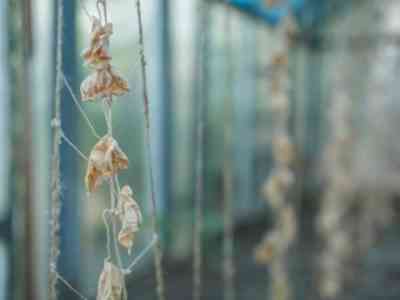
Fusarium can destroy all plants
Infection occurs through the soil, seeds, tools. In addition to the withering of the bushes, a thinning of the root neck and lashes is observed, on the cut of the stem there will be browning of the capillaries, yellowing and drying of the leaves.
Treatment
Fusarium disease is difficult to treat. If the bushes are affected by this disease, you can try to overcome the pathogenic fungi with the help of Trichophyte. It is dissolved in water and cucumbers are watered under a bush, additionally sprayed on a leaf. The treatment is carried out every 10-14 days, three times.
But the best way to combat this disease is to take preventive measures and they must be carried out next season so as not to fail again in the cultivation of cucumbers. To do this:
- select a variety resistant to Fusarium;
- sanitize the seeds (peroxide, potassium permanganate);
- treat the soil for seedlings (calcine in the oven, pour boiling water);
- prepare a bed (treat with Trichophytum, Biofitum);
- proactively treat bushes with biofungicide.
These agricultural practices will help avoid the disease in the new season. And grow cucumbers healthy and with a rich harvest.
Root rot
This is also a fungal disease that affects the root. As a result, it absorbs moisture and nutrients poorly, the lashes wither, and the leaves dry and fall off. The upper part of the root becomes brownish-brown.
Treatment
Root rot is difficult to treat, but with early detection of the disease it is practiced to bend the lower part of the stem to the ground to form additional roots. As the formation of healthy roots sprinkle the stem with earth. In parallel, they treat the affected bushes with Previkur.
Pests
Pests that damage the root system can wilt cucumber lashes.
These include a nematode and a bear. As a result of damage and trauma to the roots, the process of moisture and nutrient intake is disrupted, which leads to weak growth, withering and drying of cucumbers.
To combat these pests, repellent infusions (garlic, onion) are used, which spill the entire bed . They also use Medvecid to fight the bear and Nematodin from nematodes. When identifying such pests in the garden, at the end of the season or at the beginning of the next, it is worth paying special attention to the disinfection of beds and the fight against them.

